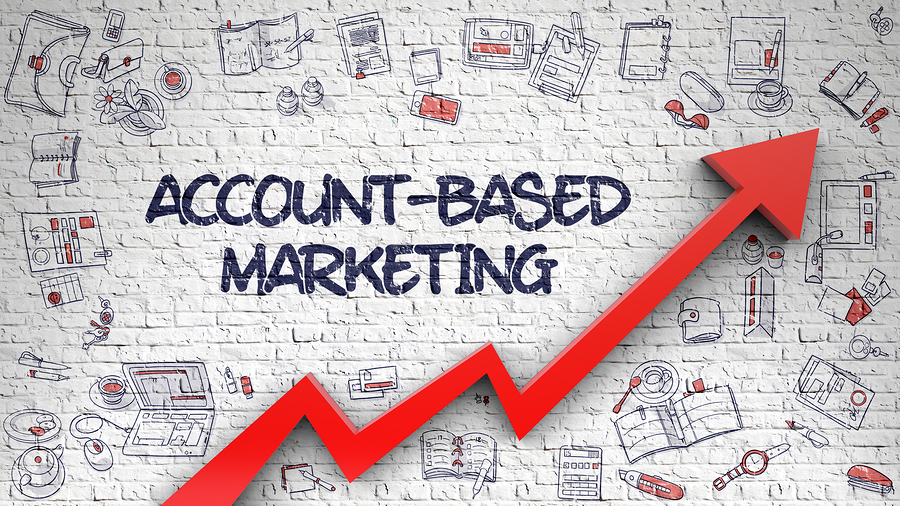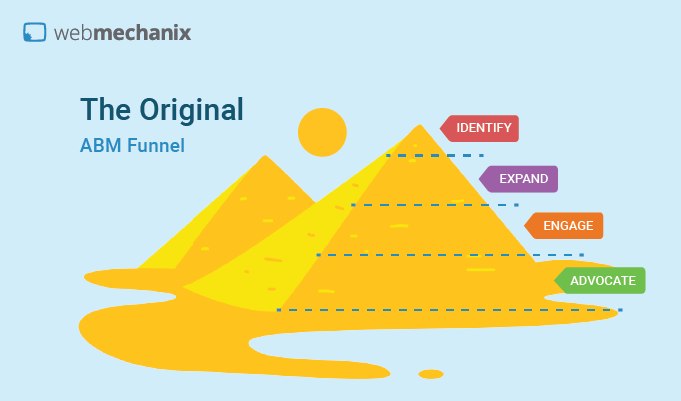
Should you board the B2B Account-Based Marketing train?
B2B Account based marketing is the new shiny toy that everyone in the digimix world wants to play with right now. Marketing experts far and wide are raving about it, and a lot of B2B SaaS companies are adding this tactic to their repertoire (and seeing some bang for their buck, too).
In case you’re not familiar with it, here’s how ITSMA, the company who coined the term, defines account based marketing.
Account based marketing: A structured approach to developing and implementing highly customized marketing campaigns to markets of one. This approach involves marketing and sales taking a close look at key business issues facing the target account, mapping those issues to individuals, and tailoring campaigns to address those issues.

Although we agree account based marketing can be useful in generating high quality leads by targeting high-value accounts, we believe it needs to be used strategically and it may not be for everyone. Here are some things you need to cross off your checklist before diving into account based marketing…
1. You’re a badass B2B company.
Account-based marketing is traditionally a B2B content marketing strategy that focuses on targeting high-value accounts (or companies) and personalizing or customizing messages to key decision makers at those companies. If you’re a B2C company, ABM may not work if you don’t know the exact personas you’re targeting.
2. You’re #TeamSmarketing!
Do your sales and marketing teams play well with each other? It’s time to hash out your beef now. In order for account based marketing to work, you need alignment within the sales and marketing teams, or as it’s often called, ”smarketing” alignment. If you’re finding that collaboration amongst the two teams is a bit of a challenge, account based marketing is not a good fit… yet.
3. You have enough resources to get the job done.
With account based marketing, your messaging needs to be highly personalized towards the individual that you’re targeting, and this approach can be highly labor intensive. For each targeted account, you need to identify the key decision makers, do an insane amount of research on them, and then tailor your content in a way that will resonate with them. This is doable if you have a large enough content creation team and the right tools at your disposal.
4. You have some prospects in mind.
When you close your eyes, can you think of a few specific companies who may benefit from your product or service offering? Do they have needs that your business can address? If so, then your b2b marketing strategy can definitely benefit from a targeted, proactive approach to lead generation. Knowing and understanding the companies you want to do business with is the first step of account based marketing, so you definitely need to check this off the list!
Conclusion
Just because B2B Account based marketing is a hot topic right now, doesn’t mean it’s an effective marketing strategy for your business. This checklist will help you determine whether account-based marketing may be right for your business.
Thinking about moving forward with ABM? Give one of our experts a call today!
Read about how to rank without backlinks
View all posts filed under “SEO”
Most newsletters suck...
So while we technically have to call this a daily newsletter so people know what it is, it's anything but.
You won't find any 'industry standards' or 'guru best practices' here - only the real stuff that actually moves the needle.






